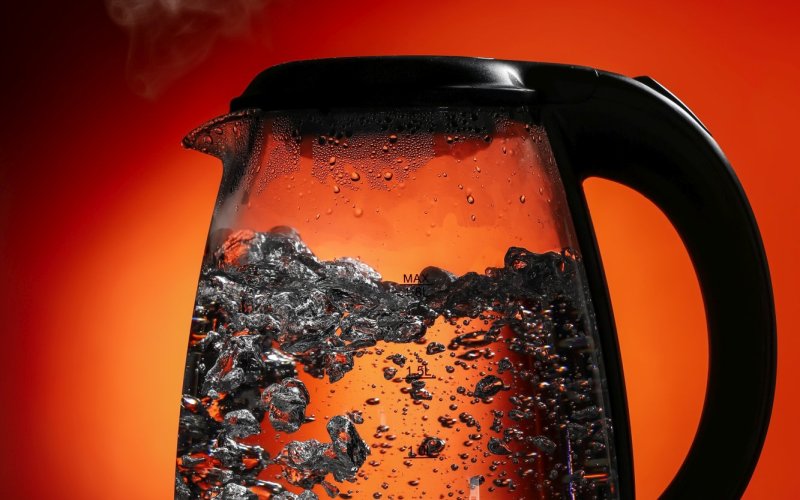Boiling is a special case of evaporation — its peculiarity is that it occurs at a specific temperature (the boiling point) and at this temperature, evaporation takes place throughout the entire volume of water (which are the mentioned bubbles) and not just on its surface.
The boiling point of water depends on the pressure above the surface of the liquid. Although we all say that water boils at 100 °C, that is the boiling point at normal atmospheric pressure, which is 1,013 hPa. The value of atmospheric pressure depends on the weather (which we surprisingly use in weather forecasting) and altitude. The higher we are, the lower the atmospheric pressure. Therefore, the given value of normal atmospheric pressure is adjusted to sea level. For example, I live in a city that is 400 meters above sea level which means I will measure a lower pressure. (960 hPa). At such a pressure, water will boil at a temperature of approximately 97 °C (unless the pressure is higher or lower due to weather conditions).
The behaviour of a kettle before boiling is also caused by the fact that water is not a good thermal conductor. The water near the heating element can have a temperature higher than 100 °C and will start boiling directly at the bottom, even though the temperature of the upper layers will be slightly lower. After the kettle is turned off, the bottom remains hot and can thus heat the rest of the water but it does not have sufficient power to cause boiling. In order for water to boil, we actually need much more energy than just to heat the water.
The fact that the boiling point depends on pressure is utilized, for example, in pressure cookers (water can boil at up to, for example, 120 °C), or in nuclear power plants. Due to high pressure, we can have liquid water in the primary circuit even at temperatures exceeding 300 °C.
Want to ask something?
Send us an e-mail with the subject “Physics mysteries” to the address:
We can't wait to tackle your interesting questions!





